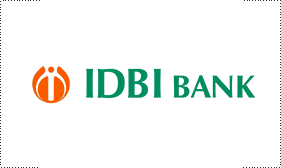The Federal Reserve (Fed) holds eight policy meetings a
year, where the Federal Open Market Committee (FOMC) assesses economic
conditions and makes monetary policy decisions. In extreme situations, the Federal Reserve may resort to
a policy named Quantitative Easing (QE). QE is the process by which the Fed
substantially increases the flow of credit in a stuck financial system. Quantitative tightening (QT) is the reverse process of
QE, whereby the Federal Reserve stops buying bonds from financial institutions
and does not reinvest the principal from the bonds it holds maturing, to
purchase new bonds. It is usually positive for the value of the US Dollar.What
does the Federal Reserve do, how does it impact the US Dollar?
How
often does the Fed hold monetary policy meetings?
The FOMC is attended by twelve Fed officials – the seven members of the Board
of Governors, the president of the Federal Reserve Bank of New York, and four
of the remaining eleven regional Reserve Bank presidents, who serve one-year
terms on a rotating basis.
What
is Quantitative Easing (QE) and how does it impact USD?
It is a non-standard policy measure used during crises or when inflation is
extremely low. It was the Fed’s weapon of choice during the Great Financial
Crisis in 2008. It involves the Fed printing more Dollars and using them to buy
high grade bonds from financial institutions. QE usually weakens the US Dollar.
What
is Quantitative Tightening (QT) and how does it impact the US Dollar?








